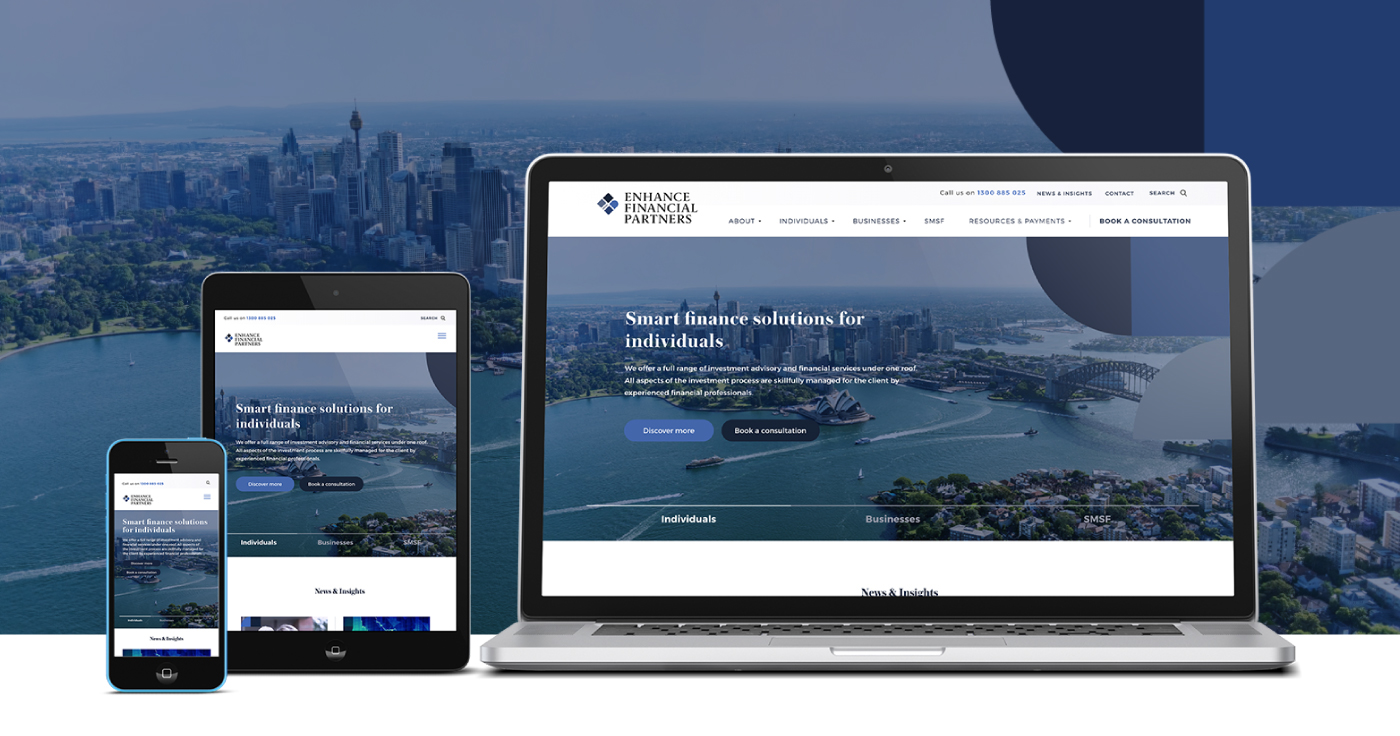In an era where laptops replace office desks and coffee shops double as conference rooms, the future of remote work is no longer a distant vision it’s our everyday reality. What began as a necessity during the global pandemic has evolved into a preferred lifestyle for millions worldwide. As we navigate 2026, remote work isn’t just about flexibility; it’s about redefining productivity, work-life balance, and global talent access.
This comprehensive guide explores the future of remote work, backed by recent studies, expert insights, and real-world examples. Whether you’re a digital nomad in Bali or a CEO managing a distributed team, you’ll discover actionable trends, tools, and strategies shaping tomorrow’s workplace.
The Evolution of Remote Work: From Exception to Expectation
Remote work isn’t new, but its trajectory has been meteoric. Pre-2020, only about 5% of the workforce worked remotely full-time. By 2025, that number has surged to over 36%, according to Upwork’s latest Future of Work report.
The shift reflects broader societal changes:
- Technological advancements: 5G networks and cloud computing make seamless collaboration possible.
- Cultural transformation: Employees prioritize flexibility over traditional perks.
- Economic pressures: Companies save an average of $11,000 per remote employee annually on office space.
As we look ahead, the future of remote work blends physical and digital environments, creating “phygital” workspaces that transcend geography.
Key Trends Shaping the Future of Remote Work
1. Hybrid Models Dominate the Landscape
Purely remote or fully in-office setups are fading. Gartner predicts that by 2026, 75% of companies will adopt hybrid models. This approach combines:
- Structured office days for collaboration
- Flexible remote days for deep-focus work
- Virtual reality (VR) meetings for immersive experiences
Companies like Microsoft are pioneering “flexible core hours,” where teams overlap for just 4 hours daily, regardless of location.
2. AI-Powered Productivity Tools
Artificial intelligence is the backbone of tomorrow’s remote workplace. Tools like:
- Otto (AI project manager that assigns tasks based on energy levels)
- Figma’s AI design assistant (real-time collaboration with smart suggestions)
- Grammarly’s tone detector (ensures professional communication across cultures)
These platforms don’t just automate tasks they enhance human creativity and reduce burnout.
3. Global Talent Pools and Borderless Hiring
The future of remote work erases geographical boundaries. Companies now hire from 100+ countries without relocation hassles. Platforms like Deel and Remote.com simplify:
- International payroll
- Compliance with local labor laws
- Cryptocurrency payments for freelancers
This globalization drives innovation but requires cultural intelligence training to manage diverse teams effectively.
Essential Tools for Remote Work Success in 2025
| Category | Top Tools | Key Features | Pricing (2025) |
|---|---|---|---|
| Communication | Slack, Microsoft Teams | AI transcription, thread analytics | Free – $25/user/mo |
| Project Management | Asana, ClickUp | AI task prioritization, workload balancing | Free – $30/user/mo |
| Time Tracking | Toggl, Clockify | Automated timesheets, privacy-first tracking | Free – $20/user/mo |
| Virtual Office | Gather.town, Spatial | 3D avatars, virtual water coolers | $8/user/mo |
| Security | 1Password, NordVPN | Zero-knowledge encryption, threat detection | $4 – $15/user/mo |
Challenges and Solutions in the Future of Remote Work
Challenge 1: Isolation and Mental Health
Remote workers report 20% higher loneliness rates. Solutions include:
- Virtual coworking sessions via Focusmate
- Mental health stipends (e.g., $500/month for therapy)
- Mandatory “no-meeting” days for recharge
Challenge 2: Productivity Measurement
Traditional metrics fail in remote settings. Forward-thinking companies use:
- Outcome-based KPIs over hours logged
- Regular pulse surveys for engagement
- AI analytics that flag burnout risks
Challenge 3: Cybersecurity Threats
With distributed teams come distributed risks. Best practices:
- Zero-trust architecture implementation
- Mandatory VPN usage
- Regular security training simulations
The Economic Impact of Remote Work
The future of remote work creates ripple effects across industries:
- Real estate: Office vacancy rates hit 19% in major cities, repurposing buildings into co-living spaces.
- Local economies: Rural areas see population growth as workers seek affordable living.
- Gender equality: Women, primary caregivers, gain career continuity with flexible arrangements.
McKinsey estimates remote work could add $4.5 trillion to global GDP by 2030 through increased productivity and market expansion.
Building a Thriving Remote Company Culture
Culture isn’t built with ping-pong tables anymore. Successful remote companies focus on:
- Transparent documentation: Every process written down and accessible
- Asynchronous communication: Respecting time zones with recorded updates
- Virtual team-building: Online escape rooms, cooking classes, or VR happy hours
- Career development: Mentorship programs with global pairing
Buffer’s “Default to Transparency” philosophy sharing salaries and metrics openly has reduced turnover by 40%.
Skills for Thriving in the Future of Remote Work
Tomorrow’s remote workers need:
- Digital fluency: Comfort with 10+ tools and quick learning
- Emotional intelligence: Reading tone in written communication
- Self-discipline: Creating structure without external pressure
- Cultural adaptability: Navigating nuances across global teams
Universities now offer “Remote Work Certificates” teaching these exact skills.

Legal and Compliance Considerations
The future of remote work demands new legal frameworks:
- Permanent establishment risks: Tax implications for cross-border employees
- Data privacy laws: GDPR compliance for EU remote workers
- Worker classification: Distinguishing contractors vs. employees globally
Companies use Employer of Record (EOR) services to navigate these complexities compliantly.
The Role of Sustainability in Remote Work
Remote work reduces carbon emissions by 2.5 tons per employee annually (equivalent to planting 120 trees). Eco-conscious companies:
- Offset travel emissions for necessary meetings
- Use green energy providers for home office stipends
- Encourage “digital-first” events over in-person conferences
Industry-Specific Remote Work Transformations
Tech and Software Development
GitHub’s 95% remote workforce uses AI pair-programming tools, reducing bug rates by 35%.
Healthcare and Telemedicine
Doctor on Demand reports 40% of consultations now occur remotely, expanding access to rural patients.
Education and Remote Learning
Platforms like Outschool offer live online classes, creating global teaching opportunities.
Predictions for the Future of Remote Work by 2030
- Four-day workweeks become standard, enabled by AI handling routine tasks
- VR offices replace video calls, with haptic feedback for handshakes
- Digital nomad visas in 100+ countries, attracting skilled workers
- Skill-based hiring overtakes degrees, with blockchain-verified portfolios
- AI colleagues join teams, handling data analysis and initial brainstorming
FAQ About the Future of Remote Work
1. Will remote work completely replace offices?
No, but offices will transform into collaboration hubs rather than daily destinations. Expect 60% remote, 40% flexible office usage by 2030.
2. How can I stay productive working from home?
Create a dedicated workspace, use the Pomodoro technique (25-minute focus blocks), and take “commute” walks to simulate office transitions.
3. What jobs are best suited for remote work?
Beyond tech, marketing, customer support, finance, and creative roles thrive remotely. Even traditionally in-person fields like law and consulting adapt with digital tools.
4. How do companies manage remote employee performance?
Through clear OKRs (Objectives and Key Results), regular feedback loops, and tools tracking outcomes not activity. Trust replaces surveillance.
5. Is remote work sustainable long-term for employee well-being?
Yes, with intentional effort. Companies offering mental health resources, flexible hours, and social connection opportunities see 25% lower burnout rates.
6. What technology do I need to start remote working?
A reliable laptop, high-speed internet (50+ Mbps), noise-canceling headphones, and core software (communication, productivity, security tools) cost under $2,000 total.
7. How does remote work affect career advancement?
Remote workers advance equally or faster when they focus on visibility sharing wins publicly, seeking mentors, and documenting impact. Data shows no “proximity bias” in well-managed remote teams.
Conclusion: Embracing the Phygital Future
The future of remote work isn’t just about where we work it’s about how we live. As we blend physical and digital worlds, success depends on intentional design: of tools, cultures, and policies that put humans first.
Ready to thrive in this new era? Start by auditing your current setup, experimenting with one new tool this week, and advocating for the flexibility you need. The office of tomorrow isn’t a place it’s a state of mind, accessible from everywhere.












